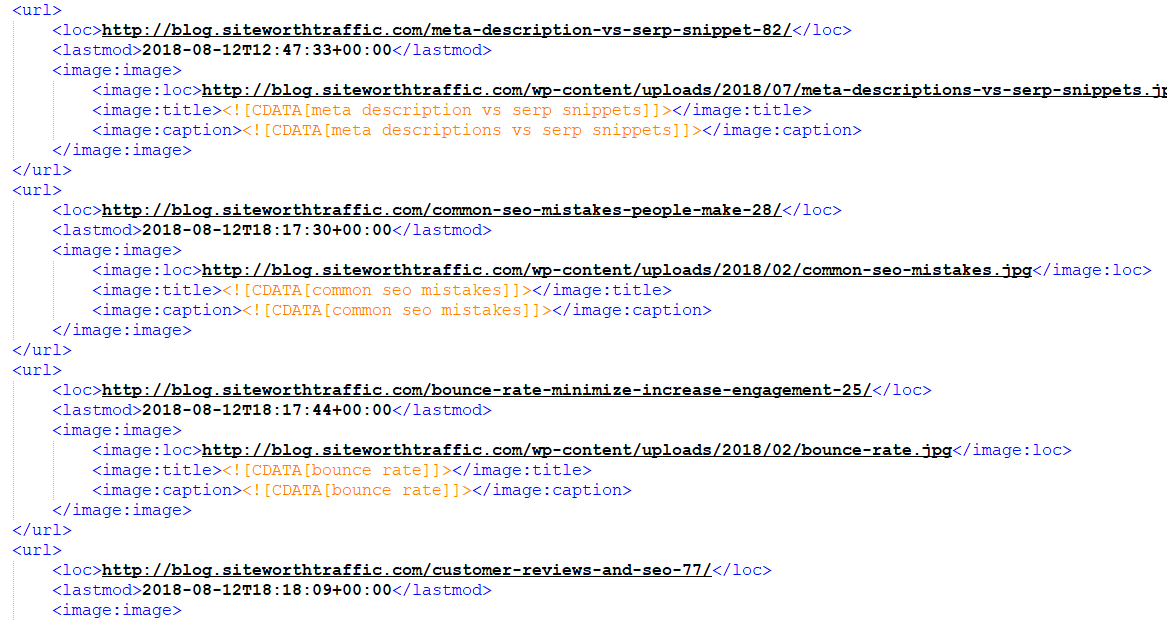Using User-Generated Content (UGC) for SEO Boosting
User-generated content (UGC) is used by many companie not only for SEO purposes, but also as a part...
Having an XML sitemap on your website has been a widely accepted practice, but not a lot of attention is given to it. The case usually is, when you have a new website, you just generate a sitemap, upload it for search engine spiders to be able to crawl it, and that’s it! Even though, in reality, that’s really it, your XML sitemap deserves a bit more attention than that. Let’s start with the basics.
New to Search Engine Optimization?
In simple terms, it is a map. Of your site.
It tells search engine spiders what’s on your website and how to reach it. If your website is mainly static and doesn’t have too many pages, then spiders can easily navigate around and discover the architecture of your website. However, for more complex websites, sitemaps help bots to establish which pages on your website have more authority over others. Below you can find an image of an XML sitemap generated by a WordPress plugin for our blog:

First of all, it can make things clear for crawl spiders (like Google Bot, the crawler of Google Search Engine) and make sure that your website is indexed properly. Second, if you have pages that you want to set as noindex/nofollow (respectively not index a page on search results and not follow links on a page), your XML sitemap is the place you should indicate that.
Yes, there are several different types of sitemaps, but in reality, they are all based on the XML principle. There are XML Photo and XML Video sitemaps, which are only recommended if your website focuses solely on photo or video. There are also HTML sitemaps, yet they have nothing to do with SEO, but they are rather there to assist customers find their way around your website. We find it hard to believe that anyone would go looking at an HTML sitemap.
First, you need to decide what your important pages are. Those are the pages that you want to really make visible on your sitemaps. Do the opposite as well – irrelevant pages that you don’t need to have indexed should not be on there. You can use a sitemap generator, yes (we don’t expect it to type it all down!) but make sure you are happy with the XML sitemap created. We have found a simple PHP script that may be useful for you: Simple PHP Sitemap Generator
Also, if your website is being regularly updated with new content, you can use a dynamic XML sitemap and set it to update itself regularly. This is an easy thing to do if you are using WordPress since there are different plugins that you can use. If search engine spiders know which are your most relevant pages, they will be prioritized over other that are of a secondary importance.
Make sure not to forget about on-page SEO!
04/09/2018 2,354 Views
User-generated content (UGC) is used by many companie not only for SEO purposes, but also as a part...
2018 is almost over and it is time to look back on all of the things you have done this year in...
If you reach the top spot on your desired keywords, then it is definitely a good reason to...